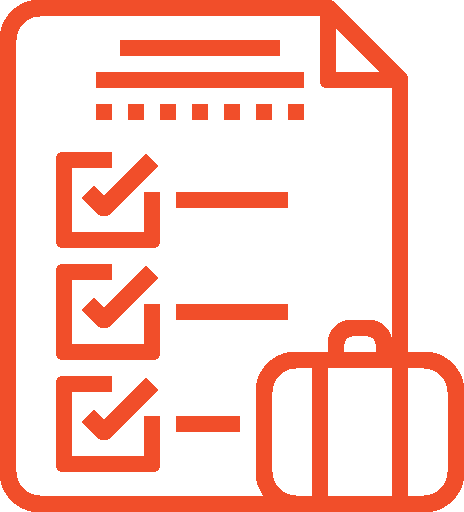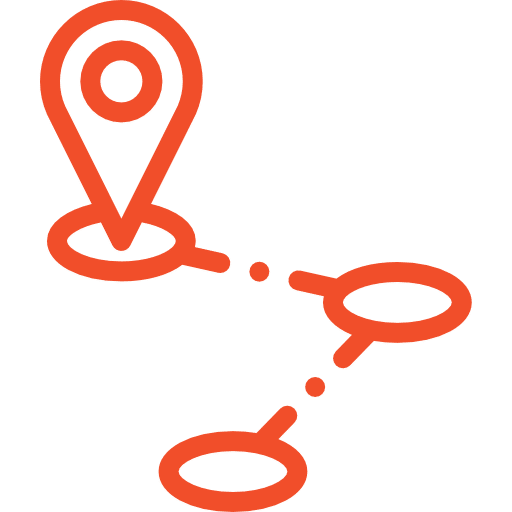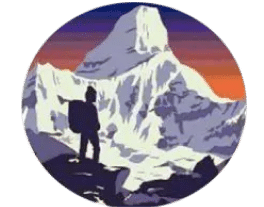MEET OUR Mountain Guide:
Fredy Fokas Minja
Fredy Fokas Minja

About Fredy
I was born in the Mount Meru Hospital in Arusha in 1973. I am the middle child of five siblings. My parents were teachers in primary schools, and we lived on Sanawari Street in Arusha City. My education began at the Sanawari Primary school in 1982 and lasted until 1988. In 1989, I attended the Enaboishu Secondary School for my ‘O’ level education and completed this in 1992. Afterward, I joined the Arusha Technical College and studied electrical installation and welding from 1994 until 1996.
Between 1997 and 2011, I worked as a welder in Arusha. During that time in 2002, I got married to my wife, Rosemary, and we had two children together. Fokas is the firstborn; he is 21, and my daughter Frida is now 19.
From 2012 onwards, I started to climb the mountain as a porter to earn more money to support my children’s education. I worked as a porter with various companies for six years until 2018. I knew about Easy Travel through my neighbor who worked as a porter there, and I submitted my application in 2018. The company accepted me as a porter. I received my salary on time, which is not always the case with other companies. In 2019, I enrolled at Mweka College on their mountain guide course. I could only afford to apply for this course thanks to the money I had received from working as a porter at Easy Travel. I passed my examinations, and the Government awarded me a license. Easy Travel registered me as a guide in July 2019.
Favorite Park in Tanzania
Favorite Route
Favorite Food
Favorite Hobby
Favorite TV Show
Favorite Singer/band
14 Questions and answers with Fredy
Climbing Kilimanjaro is the trip of a lifetime because it is the world’s free-standing mountain. Climbing Mount Kilimanjaro is a unique experience any climber would love to accomplish.
My favorite part of Mount Kilimanjaro is Uhuru Peak. This mountain is the tallest in Africa, capped with snow and ice despite its location at a tropical latitude close to the equator. The views from Kilimanjaro are very interesting for different reasons. You must pass through incredibly diverse vegetation zones to reach the icy summit. The mountain rises from the hot, dry savanna through the rainforest and hard scrublands (a plant community characterized by vegetation dominated by shrubs) to a rocky and icy summit at 5895m or 19340 feet above sea level. Uhuru Peak is my favorite part because I like the challenge. The highest Alpine desert and summit zones are harsh and difficult environments.
Pole Pole, which means ‘slowly slowly’ and which, is used when trekking the mountain. To reach the summit, we have to walk slowly slowly.
Jambo, which means ‘how are you?’ You can reply with ‘jambo’ since the culture of Tanzania of greeting others is very important. Some people can also say ‘Mambo,’ which means ‘hi,’ and you can reply with ‘Poa,’ which means ‘cool.’ Asante, which means ‘thanks.’ It is very important because we use it in every situation while trekking the mountain.I would advise all trekkers to prepare properly for the trek. My advice is to have a full medical checkup with your doctor to learn about any medical issues affecting your body. This is so that you should be aware of any health conditions that might prevent you from trekking.
Practice making your body physically fit by walking, jogging, and hiking. Also, prepare mentally by having a positive attitude; believe that you can achieve your goal of reaching the summit, despite the challenges you may face.
Preparation of equipment is important such as having the appropriate gear for rainy weather (e.g., a waterproof poncho), proper hiking shoes which are waterproof with a good sole, a proper bag with a liner inside, down jackets, windbreaker jackets, thermal clothes like a woolen hat, a balaclava, a good mattress as well as a good sleeping bag. Also, you should carry your first aid kit and a proper reusable water bottle.
To prevent altitude sickness, I must advise hikers first to take altitude pills to help the body adapt to the elevation. Remember that these pills can have side effects like vomiting, allergic reactions, or nausea. Hikers must drink more than 3 liters daily because water gives them oxygen and helps them cope with the mountain’s altitude. Take proper rest when you get the chance at the camp because we recover the energy needed for the next day. Rest also allows your digestion to settle down. It would help if you walked slowly without rushing to ensure you do not overwork your body.
TRAVELLER REVIEWS

For more reviews, click here and type Mount Kilimanjaro on “Search reviews” box.






